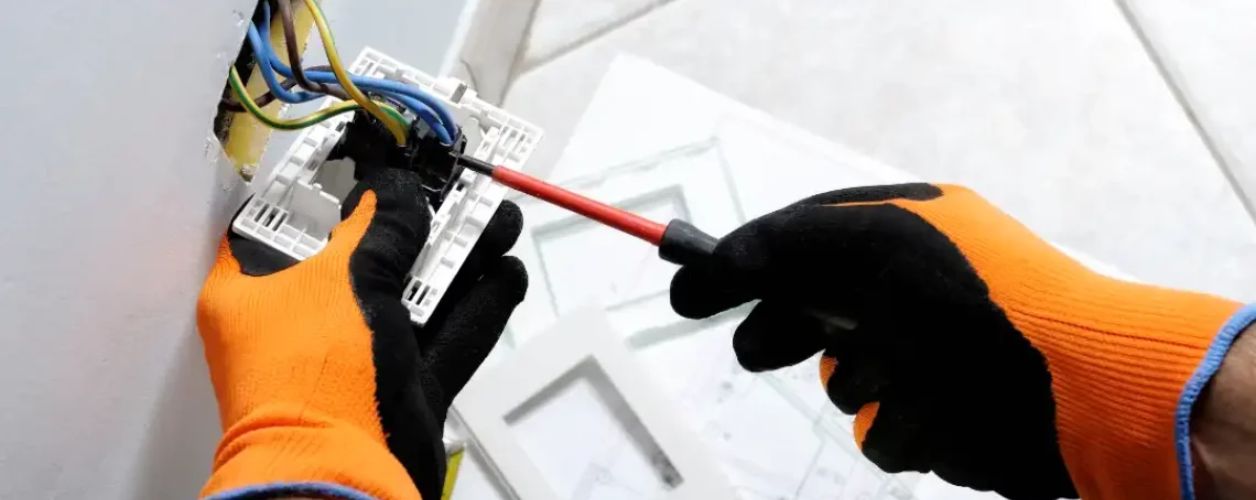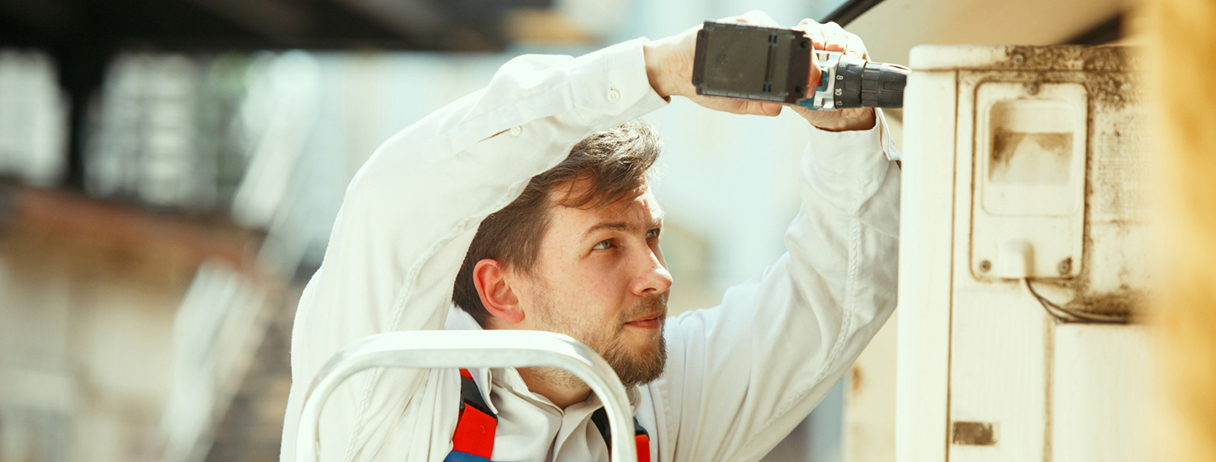Bathroom PowerPoint Regulations Australia
Electricity is crucial in the bathroom for lighting, water supply, and running heaters. PowerPoints are essential for connecting various appliances, but given that water is a good conductor of electricity, there are strict guidelines to ensure safety. In line with bathroom standards Australia, the residential bathroom code requirements Australia mandate specific measures to reduce the risk of electrical accidents. For instance, the standard GPO height Australia and standard PowerPoint height from floor must be adhered to when installing outlets in wet areas. These standards also offer a range of bathroom PowerPoint ideas to ensure both functionality and compliance. Interestingly, many people ask, "Do toilets use electricity?"—while traditional ones don’t, modern smart toilets often do. To ensure all electrical work meets legal requirements, it’s best to hire professionals. You can find affordable local electricians for residential services who are familiar with the regulations and can ensure your bathroom is both safe and code-compliant.
Bathroom Safety Regulations in Australia
The rules relating to bathroom electricals in Australia concern safety zones in the bathroom. The best way to prevent electrical dangers from occurring in your bathroom is to understand how these zones function.
Bathroom AS3000 Wiring Rules Wet Areas
It is possible to divide every bathroom into four zones where some restrictions are to be applied. You must discuss with bathroom renovators to plan the best positions of PowerPoints and switchboards in your bathroom. These bathroom electrical zones vary a little depending on what type of water fixture you have, but as a general rule, they are as follows:
Zone 0: The ‘wet zone’ inside the bathtub and shower area. Zone 0 is up to the start of Zone 1. This can be of variable lengths.
Zone 1: This is another area and its location will depend on the position of your bath or shower.
- If you do not have a bath, Zone 1 is a horizontal area with a radius of 1m. From your fixed shower connection, 2 meters away and a vertical surface from the bottom of the shower to the top (up to 2 meters).
- If you have a combination bath and shower, Zone 1 also includes a horizontal area of 1 metre measured from the edge of the bathroom. 2 meters away from the shower connector.
- For a bath only, Zone 1 includes the area from the tub rim to a ceiling height of up to 2.5 meters.
Zone 2: This zone extends another 0.6 meters from the horizontal radius of Zone 1, and to ceiling height or 2.25 meters above the floor, whichever is lower.
Zone 3: This zone generally takes up the remainder of the space in the bathroom. It is technically defined as a horizontal radius of 2.4 meters from the outer perimeter of Zone 2 and the vertical boundaries between the floor and a ceiling height of up to 2.5 meters.
Check Bathroom PowerPoint Regulations Australia
You can have switches and electrical sockets in your bathroom but the safety zones dictate where and what can be installed. In certain bathroom electrical zones, specific sorts of sockets and outlets are needed. Below, we have listed the following ones for you. But remember to consult your electrician, as they certainly know these regulations.
Zone 0: No electrical sockets or switches are permitted.
Zone 1: No electrical sockets are permitted. Switches are installed higher than 0.3 meters above the bathroom floor with IPX4 specification, which protects the switch from water.
Zone 2: The only electrical outlets allowed in Zone 2 are:
- Sockets fitted with Residual Current Detectors (RCD) with no greater than 30mA fixed ratings.
- Sockets installed in a vanity or other cupboard that can remain enclosed with operating appliances or equipment connected to the socket.
- Sockets incorporated into a shaver electrical supply unit.
- Switches are permitted in Zone 2 only if installed higher than 0.3 meters above the bathroom floor with IPX4 specification, which protects it from water splashes.
Zone 3: This is the only ‘safe’ zone, and normal sockets are permitted, but they must be at least 0.3 meters above the floor, as all switches must be. No specific IP rating is required.
Always Hire a Licensed Electrician
As we have stated above Australian regulations around electrical sockets in bathrooms, we cannot stress enough that bathroom electrics should only be installed by licensed electricians. Whether changing just one bulb or going for elaborate bathroom lighting schemes, get help from a professional.
Crucial Electrical Regulations You Should Know About
Electricity regulations are for one key reason: to preserve and safeguard the people. Electrical safety should be a thing that every person should adhere to when handling electrical wiring or appliances, or in day-to-day use of electricity.
Measures regulating the use of electricity usually assist in avoiding use mishaps in the house or at the workplace. When complied with strictly, they play an important role in protection against electrical shock or electrocution. There is general agreement that the electrical regulations are more or less the same throughout the country but are enacted at the state and territory levels.
Only a Licensed Electrician Can Perform Electrical Work
Considering rewiring your home or now and then you would like to install a new PowerPoint in the bathroom, you must be cautious about rules and safety. Perhaps it is high time you put down your tools and turn off that instructional ‘How to DIY’ video to follow. It is unlawful to perform any electrical work in all the states and territories of Australia if you do not have an electrical license. You can check the cost to hire a licensed electrician to plan budget-friendly electrical installation services.
To use South Australian Government electrical regulations as an example, you are required by law to use a licensed electrical contractor to conduct any work between the point of electrical supply and:
- Home switchboard
- Any wiring anywhere in the building to any electrical appliance
- Any fixed electrical appliances
Since the work done by electricians involves risky scenarios, then they are prone to almost anything ranging from being electrocuted, facing a fire outbreak, explosion, and even exposure to toxic gasses. That is why there are laws against citizens doing their wiring or carrying out electrical repairs. A licensed electrician on the other hand has had the necessary training to do the job and ensure that it is done safely.
Safety Certificates for Electrical Work
Any time you have regulated electrical work for instance electrical installation, disconnection, alteration or reconnection done at your home, the electricians are legally obliged to issue you with a Certificate of Compliance.
This certificate is a document that serves as a written confirmation that electrical work in your home has been done by licensed electrical workers and by wiring rules followed in the electrical industry (AS3000:2007). It also shows that the end product has been tried and is safe and effective.
Compliance certificates should be certified in original and two copies, one is to be provided to the customer a second copy to your electricity provider and a third copy to the concerned government department of that state or territory. You can also check safety tips for electrical wiring and appliances in homes to find out if you require inspections and safety certificates.
Requirements Around Safe Distance Between Powerpoints and Water
Among the crucial initial guidelines in electrical safety, it is forbidden to mix water with electricity. It would only make sense that there would be some measure for the space required between installed powerpoints and water fixtures.
Unfortunately, you will not be able to install the PowerPoint yourself – again, refer back to electrical regulation – but understanding these specifications will aid in deciding where one can have an electrician put in a PowerPoint. If you add a power outlet in the bathroom, kitchen, or laundry, you’ll find that each area is divided into safety zones.
By the bathroom AS3000 wiring rules wet areas, it is against regulations, and therefore against the law, to install powerpoints in safety zones 0 or 1. In Zone 2, a PowerPoint can be installed only if it is a shaver socket or a socket with a safety isolating transformer. In Zone 3, a PowerPoint is permissible, provided it is situated at least 0.3 meters above the ground.
Five Bathroom Safety Tips
Electrical sockets in the Bathrooms of Australia and safety precautions regarding bathrooms have been outlined above for your safety. However, accidents can still happen! Follow these five bathroom safety tips, and you’ll prevent accidents before they occur:
- Always remember not to use an extension cord or power board in the bathroom. Most electrical accessories are not designed with water resistance in mind and are unsafe for use in moist conditions.
- Do not switch on a light switch with wet hands or standing in water. Towel off first to be on the safe side.
- It is important to avoid plugging in an appliance with wet hands or if you are standing in water.
- Never use a portable electric heater in the bathroom. If you need warmth in winter, find an electrician near you to install a permanent heater.
- Keep all electrical appliances (such as hair dryers and electric shavers) out of the reach of children.
Conclusion
Finally, remember that it’s thanks to licensed electricians nearby that electricity is safe for us to use in our homes. While regulations on electrical sockets in bathrooms might seem restrictive, they’re essential to reaping the benefits of electricity, with none of the risks. Keep electricity safe for your family by always hiring licensed electricians. Their trade license is your assurance they have the training to do the job right.











